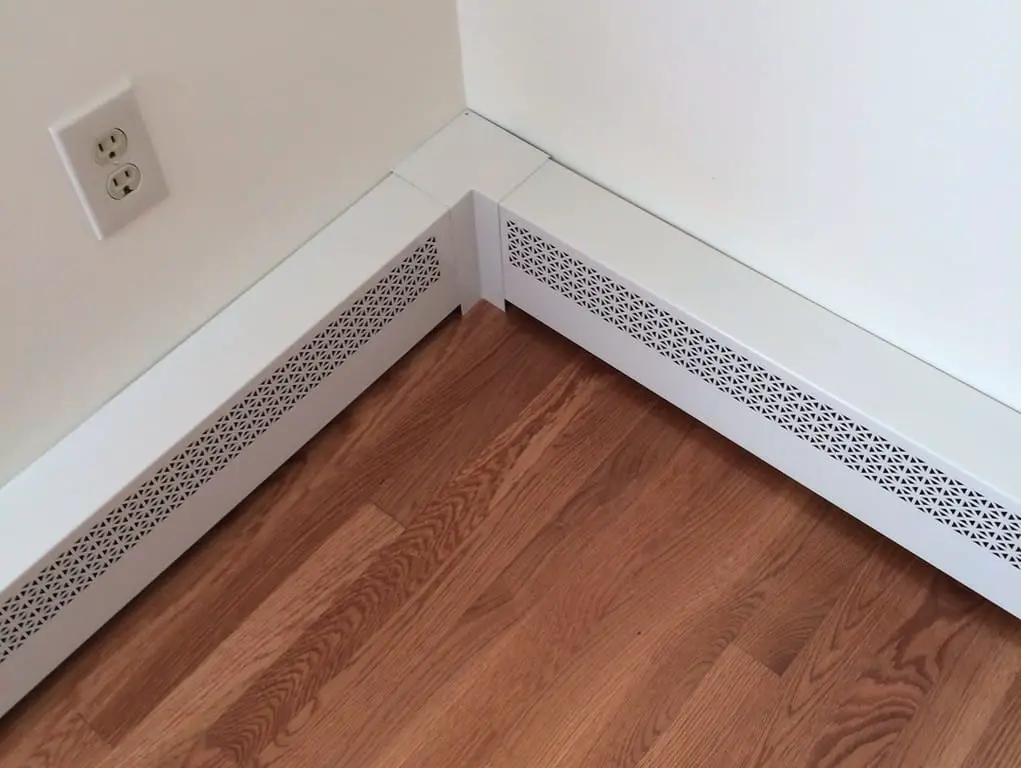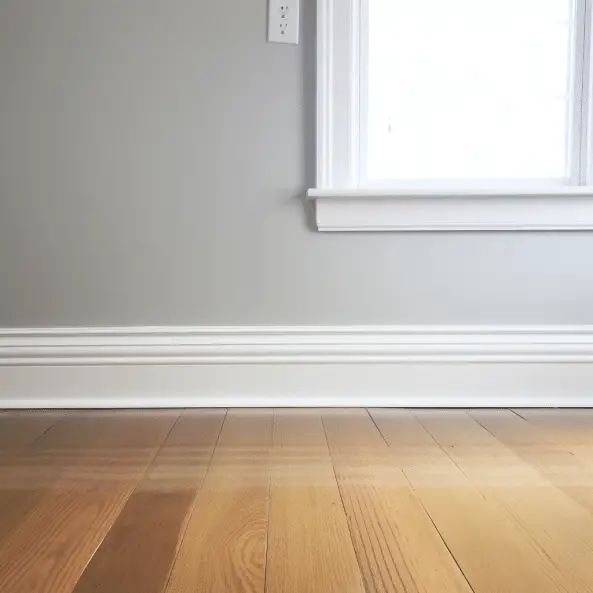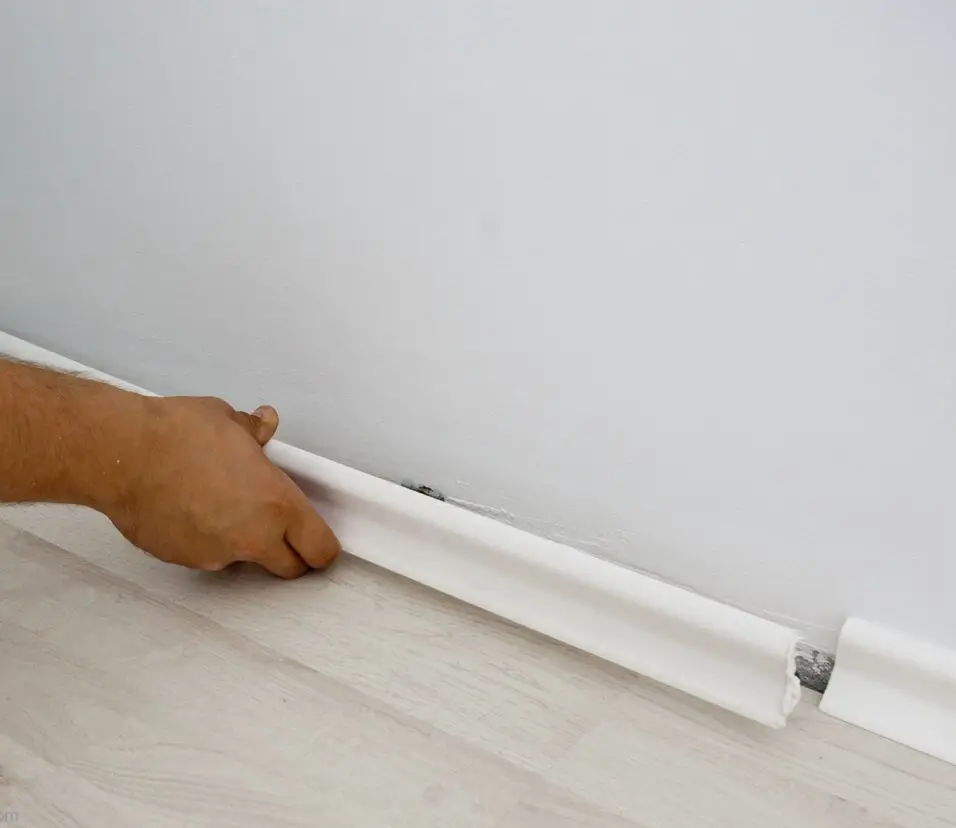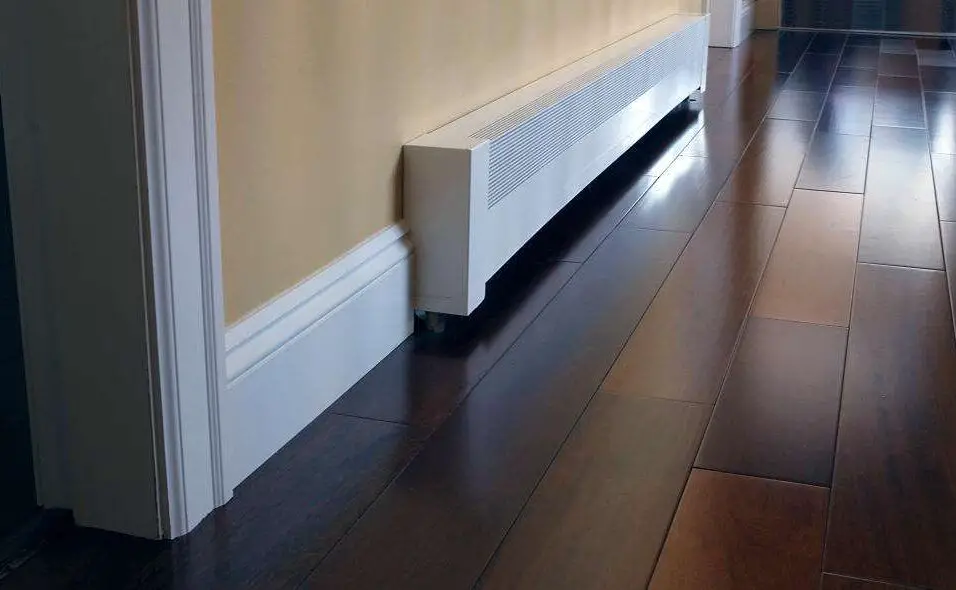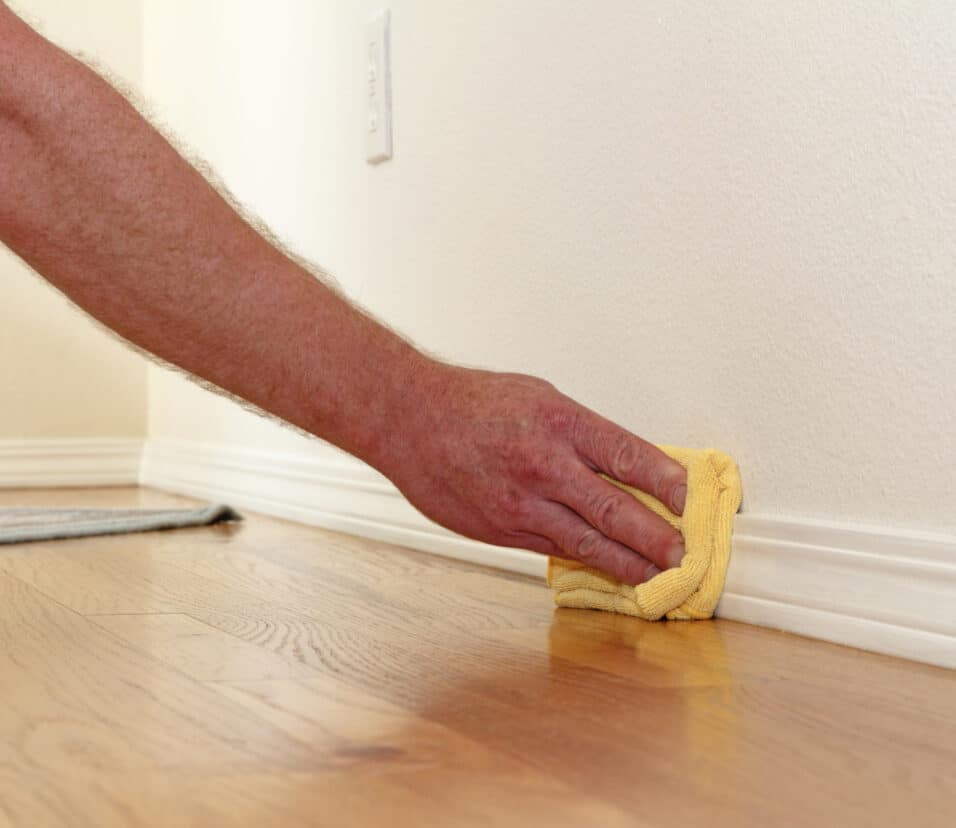How To Circulate Baseboard Heat
Introduction
How To Circulate Baseboard Heat: Baseboard heating is a popular and efficient way to heat homes, especially in colder climates. It works by circulating hot water or steam through pipes that are installed along the baseboards of each room. This type of heating system is known for its ability to provide consistent and even heat throughout the home. However, in order to maximize the effectiveness of baseboard heating, it is important to understand how to properly circulate the heat.
One of the key factors in circulating sand baseboard heat is ensuring that the system is properly balanced. This means that each room in the house receives an equal amount of heat. If one room is significantly warmer than the others, it may be a sign that the system is not balanced correctly. This can be fixed by adjusting the flow of water or steam to each room. It is important to note that balancing the system may require the help of a professional, as it can be a complex process.
In addition to balancing the system and removing air pockets, it is also important to properly insulate the baseboards. Insulation helps to prevent heat loss and ensures that the heat is directed into the room, rather than escaping through the walls. Insulating the baseboards can be done using foam insulation or reflective insulation panels. This simple step can greatly improve the efficiency of the heating system and reduce energy costs.
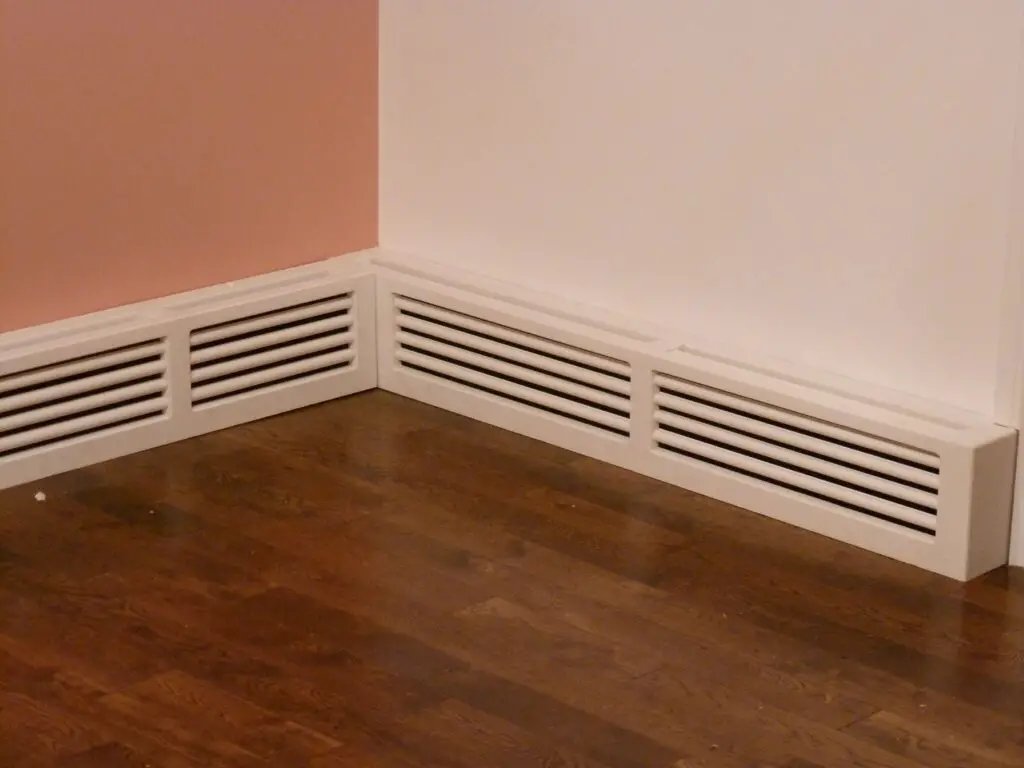
Can you move baseboard heat?
Baseboard heat can be moved. Baseboard heating is popular with homeowners because it works well and stays the same. The heat may need to be moved to a different room. Your room might get a makeover or be rearranged.
To keep the system working well, changing the baseboard heat requires a lot of steps and care. Turn off the power to the floor heater. Usually, the circuit breaker for the heater is turned off. Once the power is off, take the baseboard heater off the wall. Take off the lid and unplug the wires most of the time.
Grab the baseboard heater by its cord and pull it away from the wall. You can take it off by unscrewing the clips or bolts. Once the heater is out of the way, get the installation spot ready. It might be necessary to clean, fix, and make sure the baseboard heater works.
When the new place is ready, the baseboard heater is put in. Put brackets or clips on the wall and connect the electrical wires again. Installation of the baseboard heater must follow the manufacturer’s instructions and any local building rules.
Why is my baseboard heat not circulating?
Take a look at the breaker, heater, and temperature. Electricians in your area can fix your unit. There may be a need for new floor heaters.
There are several reasons why baseboard heat might not move. Baseboard heating is what they do best, and they can heat places quickly and efficiently. It hurts and doesn’t work well to not have heat movement. You can fix it if you know what caused it.
Flow is limited by air in the gadget. If there is air in the hot water lines, it can stop the flow. Of course, this can lead to cold spots and an uneven temperature in the room. Let the machine air out to fix this. Open the bleed valve on each baseboard unit to let air out. Slow down to keep water from leaking. If the pump breaks, blood flow could stop. A pump is needed for hot water to flow. Listen to the pump for strange sounds or movements.
The problem could be caused by clogged pipes. Things in the way of the hot water flow. Heating and circulation can get worse. Flush to get rid of clogs. Hire a professional because this job needs specific tools and skills. Last, change the temperature setting. Badly set thermostats can stop heat from moving. After checking the settings, you might want to get a new thermostat.
How does the air circulate with electric baseboard?
The window lets cold air into the floor. Under-floor heating is done by electric metal fins. Convection happens when warm air rises and repeats itself from the floor. Electric baseboard heaters move air around. Convection moves heat around. Electric heaters in the baseboards warm the air. As the hot air raises, cooler air replaces it. This keeps the air moving.
If you turn on the electric floor heater element, it will get hot. Heating parts made of aluminum and steel move heat well. This element warms the air by conduction. When warm air rises, this is called convection. Because it is less thick, warmer air rises. Cooler air at the room’s base is pulled up by rising pressure. Baseboard heaters heat air that is cooler to keep the cycle going. Convection spreads room heat out evenly.
Fans and blowers for electric floor heaters don’t move air around. Air moves with natural convection. It takes longer for air to move than when fans or blowers are used in other heating systems. Room temperature stays stable when movement is slow. To sum up, electric floor heaters move air around. Heating makes air rise, which is called convection. This breeze spreads the heat out evenly. Even though it takes longer, air flow makes the temperature more comfortable than traditional heating systems.
How does air get into baseboard heating system?
As warm air reaches the cold glass of the window and cools down, it falls directly into the opening on top of the baseboard heater. Once the heater has warmed the air, it rises back out into the room. Pretty simple and easy. Hot water baseboard heaters use hot water or steam to warm the air.
Baseboard heating systems are a popular choice for heating homes and buildings. They work by using hot water or steam to heat the baseboards, which then radiate heat into the room. One common question that arises is how air gets into the baseboard heating system.
Few ways that air can enter the baseboard heating system.
One way is through the expansion tank. The expansion tank is a small tank that is connected to the heating system and is designed to allow for the expansion and contraction of the water as it heats up and cools down. If the expansion tank is not functioning properly, it can allow air to enter the system.
Another way that air can enter the baseboard heating system is through leaks in the pipes or fittings. Over time, pipes and fittings can develop small cracks or holes, which can allow air to seep into the system. This can be a common problem in older heating systems that have not been properly maintained.
In addition, air can also enter the baseboard heating system when it is being filled or refilled with water. If the water being used to fill the system is not properly treated or filtered, it can contain air bubbles that can get trapped in the system. These air bubbles can then cause problems with the heating system.
It is important to address any air that enters the baseboard heating system as it can cause a number of issues. Air can prevent the system from heating properly, resulting in uneven heating throughout the building. It can also cause noise in the pipes as the air bubbles move through the system. In addition, air can cause corrosion in the pipes and fittings, leading to leaks and other damage.
Is baseboard heat forced air?
Baseboard systems use a boiler to heat water for the baseboards along the walls, while forced air systems use a furnace and heat pump to send hot air through pipes.
Heat isn’t pushed to the baseboards. Forced air heating systems use a furnace to move air through vents and ducts. Electric or thermal parts are used in baseboard heating systems. A convection stream moves warm air around because of local heating components.
Baseboard heating is popular because it is easy to use and works well. Hydronic baseboard heaters use hot oil or water, while electric ones use electric resistance. A thermostat lets people change the warmth of both baseboard heaters.
Individual room control is a good thing about baseboard heating.
Thermostats let residents change the temperature in their rooms. This helps for bigger homes with different room heating needs. Having floor heating is also nice because it is quiet. It’s louder for forced air systems than for floor heaters. Especially good for people who have trouble sleeping or who like to be quiet.
Baseboard heating might not work as well in rooms that are too big or have high ceilings. Baseboard heat rises in rooms with high ceilings, making the temperature uneven. It’s possible that the room will need more warmth to stay warm.
A home’s ground heat can be spread in a number of ways. Bunse heaters heat water for floor heaters in forced hot water systems. This method makes the house warm all over. A floor heater with a fan is another option. Heaters with fans move warm air around more effectively. The fan moves the heat around.
Programmable heaters make it easier for heat to move through baseboards. The device makes the heat flow better by lowering the temperature when no one is home and raising it when someone comes home.
Can you provide step-by-step instructions on how to properly circulate baseboard heat?
To properly circulate baseboard heat in your home, follow these step-by-step instructions:
Step 1: Start by ensuring that all baseboard heaters are clean and free from any obstructions. Remove any furniture or objects that may be blocking the airflow.
Step 2: Check the thermostat settings and make sure they are set to the desired temperature. Adjust the settings if necessary.
Step 3: Inspect the baseboard heater fins for any dust or debris buildup. Use a vacuum cleaner or a soft brush to gently clean the fins and remove any obstructions.
Step 4: Bleed the air out of the baseboard heating system. Locate the bleed valve on each baseboard unit and use a key or a screwdriver to open it slightly. Allow the air to escape until you hear a steady stream of water.
Step 5: Ensure that the circulation pump is functioning properly. Check for any unusual noises or vibrations coming from the pump. If necessary, consult a professional to repair or replace the pump.
Step 6: Balance the system by adjusting the flow control valves on each baseboard unit. This will ensure that heat is evenly distributed throughout your home.
By following these step-by-step instructions, you can effectively circulate baseboard heat in your home and ensure optimal comfort during the colder months.
Are there any specific tools or equipment required to circulate baseboard heat effectively?
When it comes to effectively circulating baseboard heat in a home, there are a few specific tools and equipment that can greatly enhance the process. One important tool is a hydronic heating system, which uses hot water to heat the baseboard units. This system typically requires a boiler or a water heater to heat the water, as well as a pump to circulate the hot water through the baseboard units.
Another essential equipment for efficient baseboard heat circulation is a thermostat. A programmable thermostat allows homeowners to set specific temperature levels and schedules, ensuring that the heat is distributed evenly throughout the day. Additionally, a thermostat with zoning capabilities can be particularly useful, as it allows different areas of the home to be heated independently, optimizing energy usage and comfort.
What are some common issues or challenges that homeowners face when trying to circulate baseboard heat?
When it comes to circulating baseboard heat in a home, homeowners may encounter several common issues or challenges. One of the most common problems is uneven heat distribution throughout the house. This can occur when the baseboard heating system is not properly balanced or when there are obstructions blocking the flow of air. To address this issue, homeowners can try adjusting the dampers on the baseboard units to ensure that heat is evenly distributed throughout the space. Additionally, it is important to make sure that furniture or other objects are not blocking the baseboard units, as this can impede the circulation of heat.
Another challenge that homeowners may face is air trapped in the system, which can lead to reduced efficiency and uneven heating. To address this issue, it is recommended to bleed the air out of the baseboard heating system regularly. This can be done by opening the bleeder valves on the baseboard units and allowing any trapped air to escape. Additionally, homeowners should ensure that the system is properly filled with water and that there are no leaks or air pockets in the pipes.
Are there any energy-efficient techniques or strategies that can be used to enhance the circulation of baseboard heat?
Yes, there are several energy-efficient techniques and strategies that can be used to enhance the circulation of baseboard heat in a home. One effective method is to ensure that the baseboard heaters are clean and free from any dust or debris. This can be done by regularly vacuuming or wiping down the heaters to remove any buildup. Additionally, it is important to make sure that the baseboard heaters are not obstructed by furniture or other objects, as this can impede the flow of heat.
Another energy-efficient technique is to use a programmable thermostat to control the temperature of the baseboard heaters. By programming the thermostat to lower the temperature when you are not at home or during the night, you can save energy and reduce heating costs. Additionally, using a ceiling fan or portable fan in conjunction with the baseboard heaters can help to circulate the warm air throughout the room more effectively. The fan should be set to rotate clockwise at a low speed to push the warm air down from the ceiling and distribute it evenly.
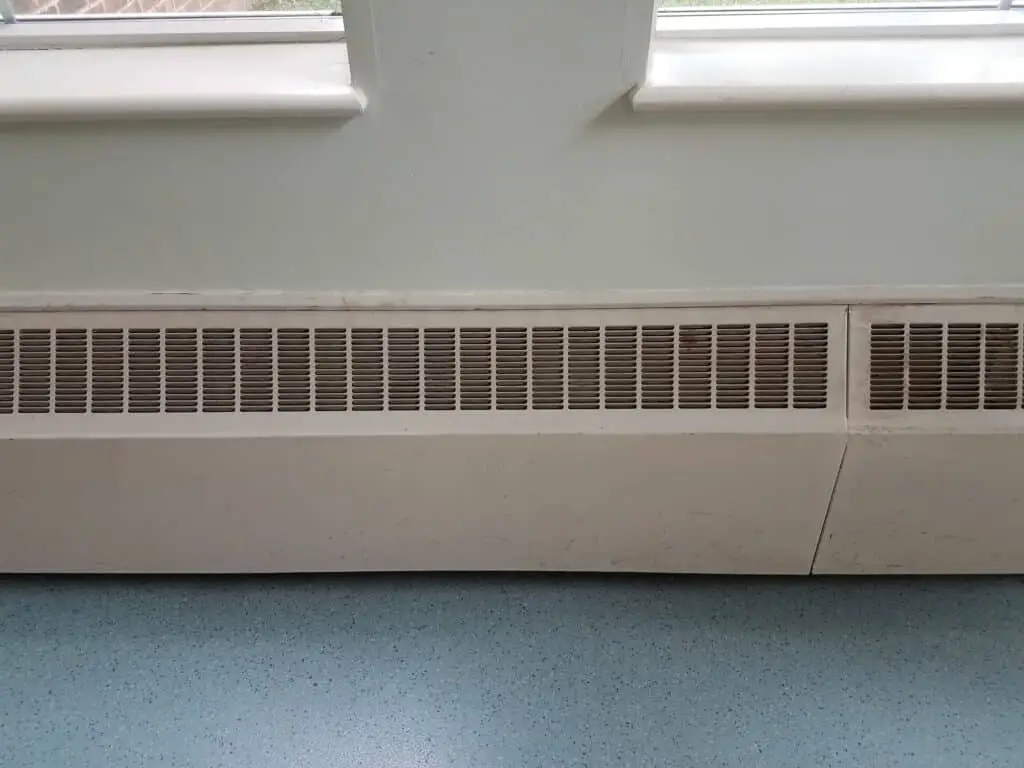
Conclusion
Understanding how to circulate baseboard heat is essential for maintaining a comfortable and efficient heating system in your home. By implementing the right strategies and utilizing the appropriate tools, you can ensure that heat is evenly distributed throughout your living space, resulting in a cozy and warm environment.
One of the key factors in circulating baseboard heating is proper insulation. Ensuring that your home is well-insulated will prevent heat loss and allow the warm air to circulate more effectively. This can be achieved by sealing any gaps or cracks in windows, doors, and walls, as well as adding insulation to attics, basements, and crawl spaces. By reducing heat loss, you can maximize the efficiency of your heating system and minimize energy waste.
Another important aspect to consider is the use of fans or blowers to help circulate the heat. Placing fans near baseboard heaters can help push the warm air into the room, ensuring that it reaches all corners and eliminates any cold spots. Additionally, using ceiling fans in reverse mode can help distribute the warm air that rises to the top of the room back down to the lower areas. This simple technique can greatly improve the overall circulation of heat in your home.



